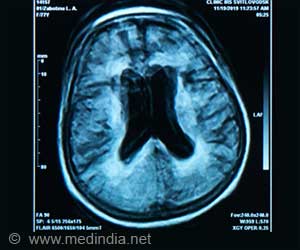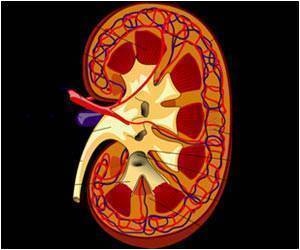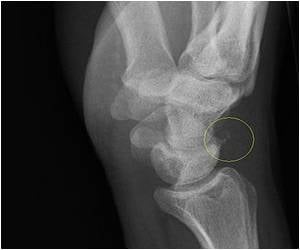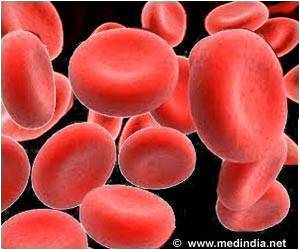Key proteins that are significantly altered at the gene-expression level in biopsied tissue from patients with diabetic kidney disease have been identified.

‘The protein MDM2 was observed to be consistently down-regulated and played a key role in diabetic kidney disease progression.’





In a recently published paper in JCI Insights, researchers,
led by Kumar Sharma, professor of medicine at UC San Diego School
of Medicine, revealed that the protein MDM2 was consistently
down-regulated and played a key role in diabetic kidney disease
progression. The researchers used the new "MetBridge Generator" bioinformatics framework to identify the relevant enzymes and bridge proteins that link human metabolomics data to the pathophysiology of diabetic kidney disease at a molecular level.
"MetBridge Generator allows for efficient, focused analysis of urine metabolomics data from patients with diabetic kidney disease, providing researchers an opportunity to develop new hypotheses based on the possible cellular or physiological role of key proteins," said Sharma, senior author and director of the Institute for Metabolomic Medicine and the Center for Renal Translational Medicine at UC San Diego School of Medicine. "The framework may also be used in the interpretation of other metabolomic signatures from a variety of diseases. For example, MDM2 is also involved in regulating tumor protein p53, which is a target for cancer treatments."
In a previous study, the authors identified 13 metabolites that were found to be altered in patients with diabetic kidney disease. Combining this information and publicly available data on metabolic pathways, the researchers tested an hypothesis that some proteins act as bridges creating less well-defined pathways.
The framework then created a map of metabolic and protein-protein interaction (PPI) networks. This allowed the team to look deeper into relevant bridges with the greatest number of interactions with enzymes that regulate the 13-metabolite signature of diabetic kidney disease.
Advertisement
Source-Eurekalert















